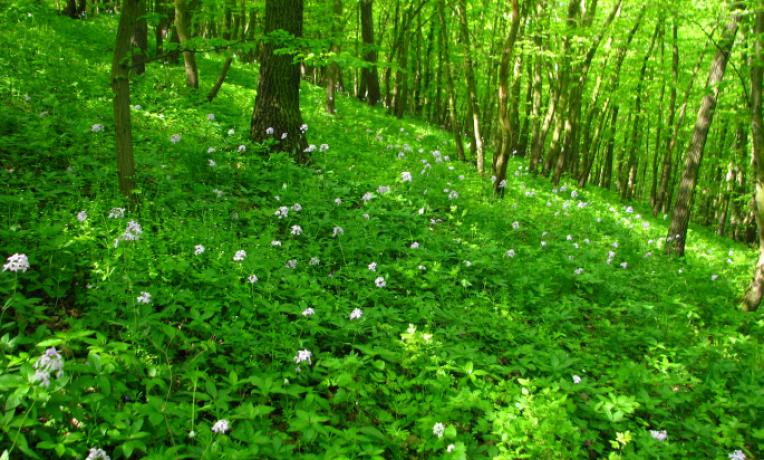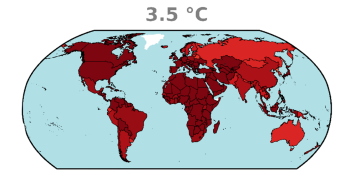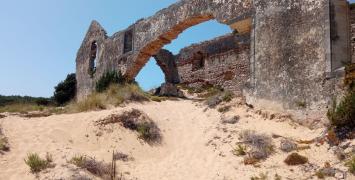Exploring the history of Central European forests
Significant changes in woodland vegetation pose a long-term threat to native flora and fauna. To understand the functioning of current ecosystems, we need detailed knowledge on management history and on the driving forces of historical forest changes.
Portrait: © Martin Rychlik, LN Image: © Radim Hédl

Central Europe was dominated by forests eight thousand years ago. Nowadays woodland covers only a third of this territory. The remaining woodlands have been profoundly influenced by and have co-evolved with human communities. However, the details of this complex process are poorly known.
Dr Péter Szabó and his team have taken a widely interdisciplinary approach aiming at the reconstruction and analysis of the long-term dynamics of woodland cover, structure and species composition of a 27 000 km2 area in the Czech Republic. Data from historical, ecological, archaeological and palynological sources have been collected in a common geo-database. The researchers have been working on a detailed spatio-temporal model of the development of wooded landscapes.
They have already created a new method for modelling human presence in prehistory, the outcome of which was compared with landscape models based on palaeoecological data. Their findings suggest strong connections between human occupation and the spread of oak and provided evidence for the presence of open landscapes for the past 11 000 years. The team have also mapped the distribution of different forest management types since the Middle Ages, which helps explain current patterns in herbaceous vegetation. They have documented and analysed dramatic changes in forest biodiversity since the mid-20th century, connected partly to climate change and partly to the abandonment of traditional management. Through experiments with such management techniques, the researchers have established the pros and cons of their possible reintroduction.
These new insights into the role of humans in shaping forest environments may, moreover, foster a paradigm shift in ecology by positioning humans as an internal, constitutive element of ecosystems.






